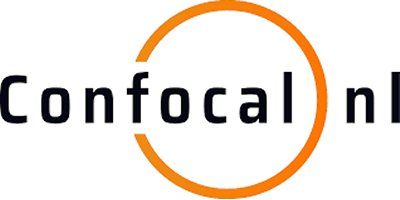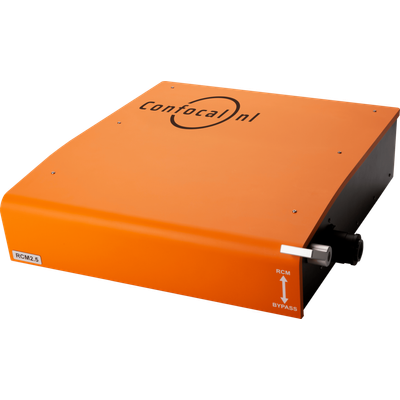Capture datasets of 170nm resolution raw (120 after deconvolution) over a very large FOV. Study fast live-cell dynamics and perform 3D imaging in optimized conditions. The increased detection efficiency facilitates acquisition in low fluorescence conditions, like single-molecule detection (smFISH).
In combination with silicon objectives, RCM allows for deep 3D imaging of organoids, zebrafish embryos, or larger live samples.



